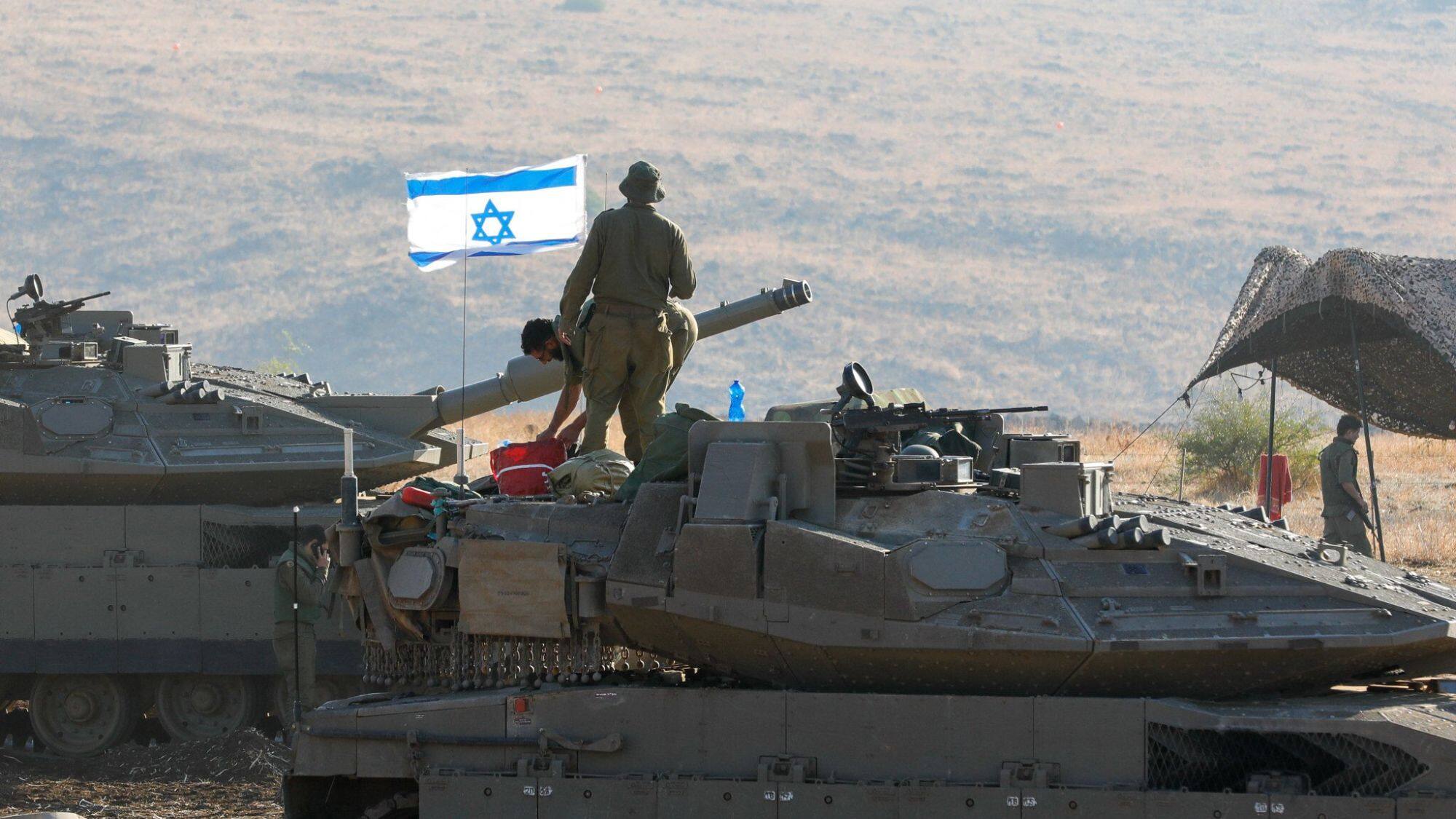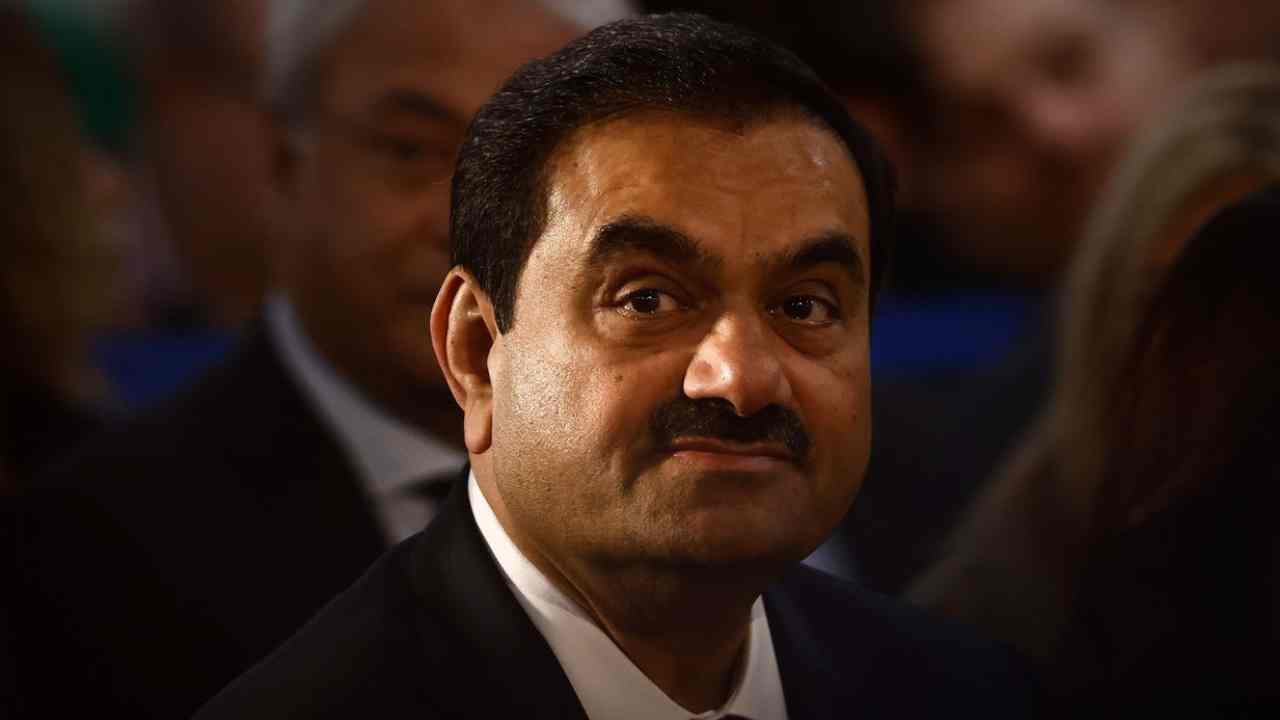The geopolitical landscape of West Asia has significantly deteriorated in recent weeks, particularly following a major missile attack from Iran on Israel on October 1, 2024. This event marks an escalation in tensions that have been brewing since the onset of the Gaza war, which erupted on October 7, 2023. The chaos unleashed by this protracted conflict has transformed the region into a volatile hotbed of violence and instability.
The Recent Attacks and Their Impact
Iran launched at least 180 ballistic missiles, which Israel successfully intercepted with the assistance of its advanced ‘Iron Dome’ missile defense system and American naval destroyers stationed in nearby waters. This military action came on the heels of the assassination of Hassan Nasrallah, the long-standing leader of Hezbollah, in an Israeli airstrike on September 27. The death of Nasrallah has aggravated hostilities, leading Hezbollah to unleash a barrage of rockets aimed at northern Israel, displacing approximately 70,000 residents.
Escalating Conflict Dynamics
The ongoing conflict has morphed beyond the traditional confrontation between Israel and Hamas. It now prominently features Hezbollah’s active involvement, amplifying the stakes in an already complicated battle. The humanitarian impact is staggering, with estimates suggesting that over 1,000 individuals have lost their lives in Lebanon, complicating the accurate accounting of both civilian and militant casualties among Hezbollah operatives.
Prior Clashes: A Historical Context
Historically, the last major conflict between Israel and Hezbollah took place in 2006, lasting 34 days and resulting in over 1,500 deaths, including many civilians. While there have been ongoing proxy skirmishes since, the intensity of the current engagements following the October 7 attacks signifies a new and alarming phase of violence.
The Broader Implications of the Conflict
The situation in the Middle East is precarious, with a significant potential for the conflict to spill beyond the borders of the region. As international observers and regional powers monitor the unfolding events, the backdrop of the Iranian-Israeli tensions plays a crucial role. Iran has openly justified its missile strikes as retaliation for Israeli actions against its allied factions, including Hezbollah, Hamas, and its military personnel.
The “Axis of Resistance”
The conflict has galvanized Iran’s coalition of aligned groups, collectively referred to as the “Axis of Resistance.” This coalition now actively collaborates, fueled by a common objective of challenging Israeli actions. Historically, while these groups operated independently with distinct missions, the aftermath of events starting from October 7 has fostered a united front against Israel, revealing their shared animosity.
Hezbollah’s Strength and Capabilities
Hezbollah is not merely a booster of local resistance; it has evolved into a formidable military organization within Lebanon. Its advanced arsenal surpasses that of Hamas and it boasts a structured military force comprising approximately 40,000 to 50,000 fighters. This includes a mix of regular soldiers and militia members organized in a manner resembling conventional military forces. The strategic advantages and military resources at Hezbollah’s disposal mark it as a significant player in the ongoing conflict.
How Israel’s Actions Affect Hezbollah
In the ongoing conflict, Israel’s attacks on Hezbollah initiatives have certainly incurred losses for the group. However, the overall resilience of Hezbollah positions it as a complex adversary, capable of withstanding and adapting to military pressures from Israel. The dynamics of warfare in this region are intricate, encompassing not only military strategy but also sociopolitical implications that resonate far beyond these nations.












